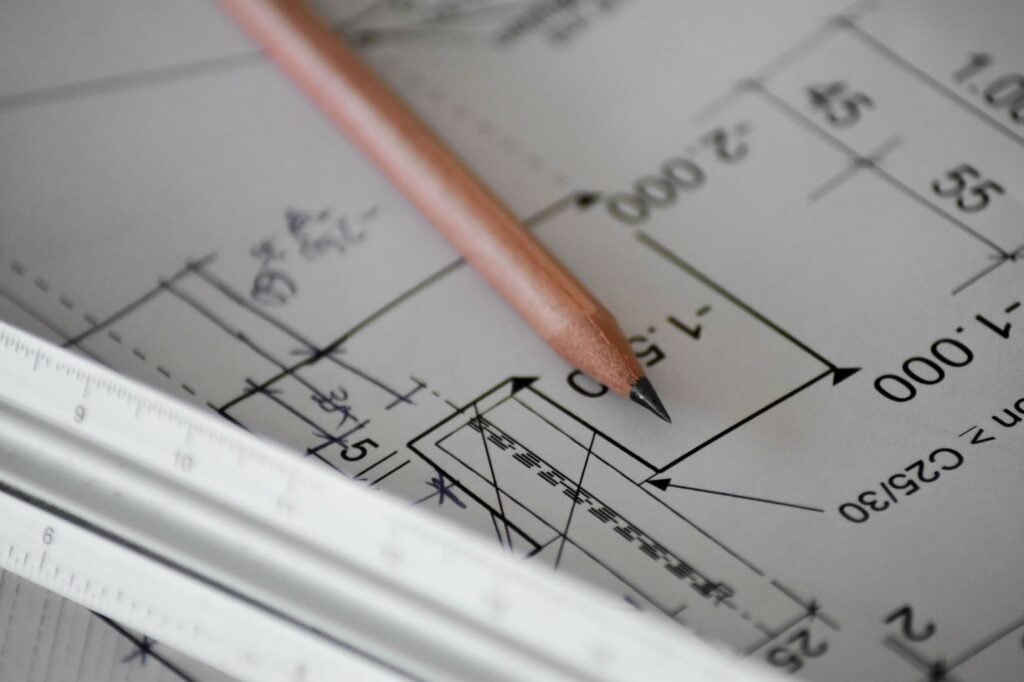Architecture Site Analysis: 9 Common Mistakes That Architecture Students Must Avoid
An architectural site analysis project is one of the essential and most valuable requirements for career advancements as an architect. Architectural design has opened up more opportunities in the architectural field, thus giving more individuals the chance to take on new projects and boost their performance. Thus, it becomes necessary to carry out each project as efficiently as possible and minimize any chances of error. Therefore, to ensure you can work effectively, you should avoid the following common mistakes to achieve the best results from a site analysis project.
Common Mistakes to Avoid for an Architectural Site Analysis
1. Not Carrying Out Initial Research
Before commencing any site analysis project, it is necessary to conduct a thorough research about the chosen site and the type of project. It will help you break down the essential points needed for the final site analysis and allow you to be more structured with your process.
2. Inadequate Site Mapping
Site mapping refers to digitally analyzing points on the chosen location and identifying land type, natural elements, public routes, and other categories. It helps pinpoint areas that have to be physically looked at in detail during the physical process.
Inadequate site mapping will lead to missing out on crucial information that can affect the quality of the site analysis project. Accurate site mapping also allows you to craft high quality visuals with the best rendering software when presenting your final results for the project. Hence, taking your time and thoroughly mapping the site is necessary for effective results.
3. Rushed Physical Visits
An in-person visit to the chosen location starts off the site analysis project. Many may end up rushing through the process due to deadlines or wanting quick results. However, this may lead to the omission of crucial information that can affect the quality of the project.
Ensure analyzing all the areas marked via site mapping and to do it thoroughly, without any space for error. Also, thoroughly check out the site’s surroundings, as it will give you a better perspective on the area that can be used for drafting your final results.
4. Not analyzing the surroundings
When taking up a site analysis project, it is also necessary to study the area’s surroundings. It will help identify public spaces, sun paths, transport routes, cultural significance, and more. These are crucial elements to include in a site analysis project and will help you achieve efficient results.
5. Noting sun paths
Sun paths help identify natural light flows, shadows, and other natural settings that are helpful to identify as it enables the final construction project. Using sun path diagrams will help define suitable positions for windows, ventilation, and other structural openings for natural light and airflow.
6. Not taking suggestions
When conducting a site analysis, taking notes from peers, clients, and other professional architects is perfectly okay to assist you with the process. Taking notes will allow you to create efficient analyses and produce a well-thought-out project. It will help you know about different perspectives you can consider and also understand new things you hadn’t thought about before.
7. Not considering public elements
It is also necessary to take note of public spaces and structures such as parks, museums, libraries, and other areas within the chosen site’s locality. It will help you design buildings that align with the neighborhood and also fit in with what clients are looking for. Hence, it is necessary to study nearby public facilities when conducting a site analysis project.
8. Failing to study legalities
There may be legal limitations surrounding a specific area of land that need to be considered when conducting a site analysis. Consult local authorities, such as the location municipalities, to see if there are any bindings for the chosen area. And any guidelines that need to be followed for the final construction to go ahead.
9. Not studying preserved areas
There may be protected spaces near the site that may have some limitations for surrounding constructions. It is necessary to look into such information as it will help you gain data on what is possible to carry out and what isn’t. The data will then help you draft efficient results for the final project.
Endnote
For all architectural students, successfully learning how to create a site analysis project is a crucial requirement to advance in their careers. While it is natural to make mistakes at the beginning, knowing what you must do and what you should avoid can help you minimize these chances and better understand the essential elements to consider. When starting with a site analysis project, you can use this list as a guide about some common mistakes and how you can do your best to avoid them.



2 thoughts on “Architecture Site Analysis: 9 Common Mistakes That Architecture Students Must Avoid”